MIG, an immersive training program for the engineers of tomorrow: a cross-examination between students and supervisors
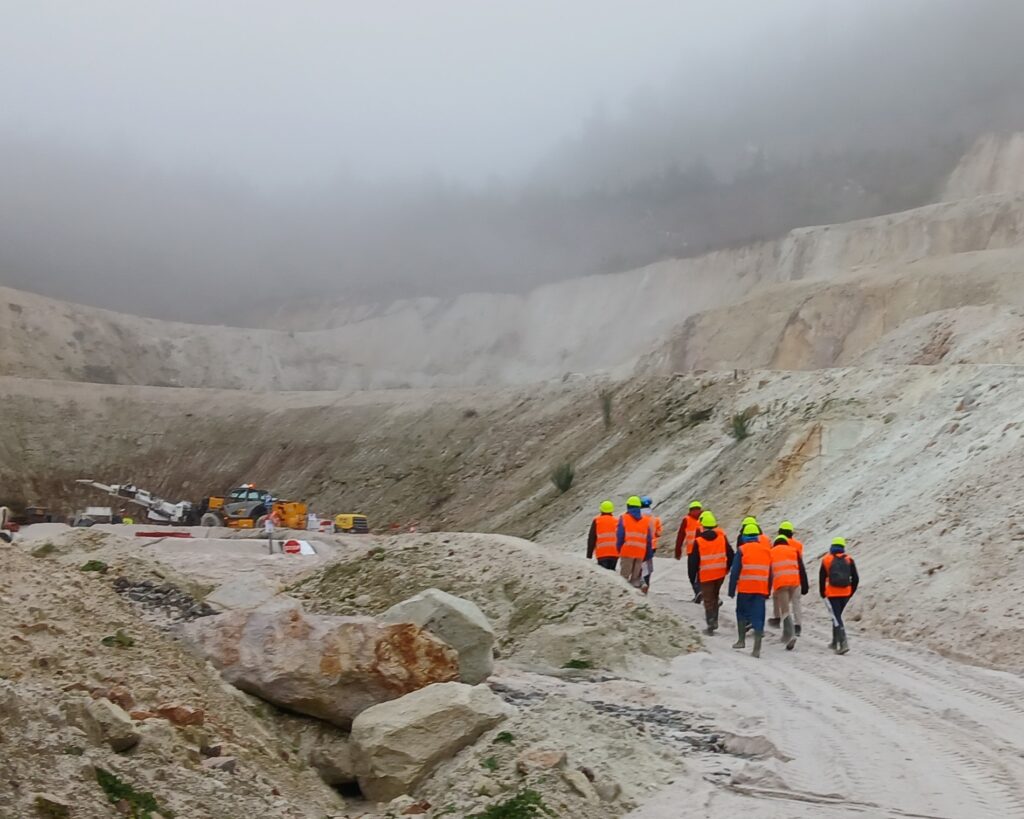

On January 30, the 150 students easily met the numerous challenges by major theme before a jury:
The training of engineers at Mines Paris – PSL is based on a strong conviction: to meet contemporary challenges, it is essential to acquire skills at the crossroads of disciplines, integrating scientific, technological, economic, ecological, climatic and societal issues. The MIGs are a concrete translation of this principle.
Nicolas Seigneur, teacher-researcher at the Center for Geosciences and supervisor of the MIGs, emphasizes: “What I like about the MIGs, and what is central to my conception of one of these projects, is the extent to which the students are confronted with multiple issues that go beyond the technical. I try to propose a very broad subject, allowing most students to find a personal interest and contribute their part to the whole. In addition, the subjects I propose are rooted in the natural environment, which poses enormous difficulties when it comes to equating them because the unknowns and uncertainties are so great. This factor, although destabilizing for first-year students, constitutes – I think – a major education towards the real world.”
This learning by experimentation, in contact with industrial and environmental realities, is a central element of the MIGs. The objective is not only to acquire theoretical knowledge, but also to confront students with complex and interdependent problems. The MIG R-SOURCES perfectly illustrates this approach, by leading them to work on a key issue of the energy transition, the supply of lithium.
Faouzi Hadj-Hassen, teacher-researcher at the Geosciences Center and supervisor of this MIG, explains: “The first week is devoted to acquiring prior knowledge of the main topics to be covered, through lectures and site visits. The following two weeks are spent working on technical and socio-economic mini-projects, an essential balance for grasping the challenges of lithium mining in France. Lithium, widely used in the manufacture of batteries for the automotive industry, has become a strategic raw material. In order to guarantee a secure and sustainable supply, the European Commission has set a target of extracting strategic raw materials in the European Union to produce at least 10% of annual consumption. It is within this framework that the project to develop a lithium mine in the Allier department is taking place.”
To inform their thinking and anchor their work in industrial and environmental reality, the students had the opportunity to visit several sites and talk to experts in the sector. These meetings enabled them to enrich their analysis and to confront their hypotheses with the concrete challenges in the field.
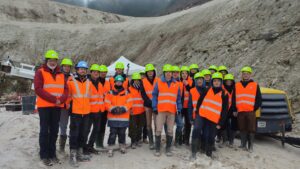
Visit to the Imerys kaolin quarry in Echassières.
The MIG themes illustrate the major challenges of the 21st century: energy transition, sustainable mobility, digital technologies, natural resource management and industries of the future.
Arnaud and Paul, students of the MIG EMIX, share their thoughts on the French energy mix in 2050: “Our strategy was to compare the scenarios published by various French and European agencies with the information provided by the companies we were able to visit (notably EDF and RTE for the electricity mix). With regard to this mix, we have chosen a scenario that promotes nuclear power. This choice was made because of the importance given, particularly by the various companies visited, to the controllability of production resources and a concern for realism with regard to the deployment of renewable energies by 2050.”
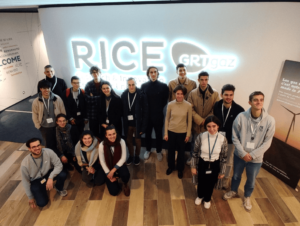
Visit to GRT Gaz: interacting with industrial players to assess their vision in terms of energy transition
In the MIG ALEF, devoted to the renewable energies of port infrastructures, Clément discovered the complexity of the port terminal of Toulon, where development is constrained by the presence of the military port. This context complicates the implementation of energy solutions, especially since the port, in search of space, favors compact technologies to avoid any conflict of land use: “We therefore thought of using shade structures to install solar panels at height, or even to float them in the calm areas of the harbor. We also thought of installing small wind turbines that take up little space. Indeed, the Mediterranean Sea does not have enough potential to develop energies (tidal, wave power, etc.) linked to the movement of the sea. Finally, we looked into thalassothermy, which allows us to recover the heat energy of the sea (a kind of sea-to-air heat pump).”
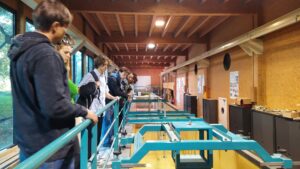
Visit to the wave basin of ACRI-IN, a design office in Sophia Antipolis specializing in coastal development, maritime engineering and maritime and port project management.
In MIG VERRE 4.0, the optimization of glass compositions to reduce the carbon footprint has involved the use of artificial intelligence algorithms.
Simon explains: “When looking for glass compositions capable of reducing carbon dioxide emissions, we try to lower the melting temperature of the glass. The problem is that in doing so, changes in composition will alter the properties of the glass in question. The search for a compromise must therefore be done using artificial intelligence algorithms that optimize each property of the glass.”
Franck Pigeonneau, lecturer and researcher at the Center for Materials Forming (CEMEF) and supervisor of MIG VERRE 4.0, explains: “Among the avenues explored this year, we have worked on researching the reduction of the carbon footprint by adapting glass compositions and introducing an electric/combustion mix in industrial furnaces. The search for innovative compositions using deep learning tools and a genetic algorithm that the students developed enabled them to propose a new glass that we developed in the laboratory.”
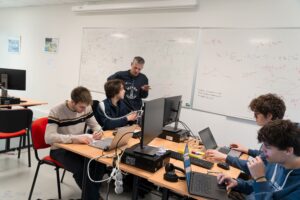
MIG Glass 4.0 working group in Sophia Antipolis
Within the framework of the MIG SOLAIRE, the objective was to determine how solar energy can be mobilized for the zero-carbon trajectory of mobility within the CASA. Philippe Blanc, teacher-researcher and director of the Observation, Impacts, Energy (O.I.E) center, explains: “The students chose to study several areas for the transition of mobility: the development of public transport, bicycle paths, electric car-sharing, as well as the study of the potential of intermediate vehicles. All of these areas of study are driven by electrification based on the low-carbon and renewable production of local photovoltaic systems in CASA car parks.”
The MIGs are not limited to the acquisition of technical knowledge. They train students in project management, team decision-making and confrontation with the realities of the field.
The MIG SOLAIRE illustrates this collaborative approach. Philippe Blanc explains: “The students must enter into discussion with the project stakeholder(s) to define their needs and priorities. […] From the first day of their arrival at Sophia Antipolis, they are offered a half-day introduction to Lean Management as a group work methodology, in regular interaction with ‘the client’. This year, the local stakeholder was Allison Cazal, in charge of the territorial climate energy plan (PCET) of the Communauté d’Agglomération de Sophia Antipolis (CASA), who was present almost daily.”
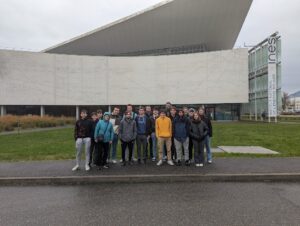
Visit to the Institut National de l’Énergie Solaire (INES)
Aliocha, from MIG OCEAN, shares his feedback: “I think the first difficulty we all encountered was understanding all the physical modeling behind ray tracing. There was a lot of knowledge assimilation work ahead of the project phase. Another challenge was undoubtedly coordination in group work: it took a lot of organization and team spirit to distribute the work adequately and, above all, to communicate sufficiently so that everyone had an overall idea of how the other parts worked.”
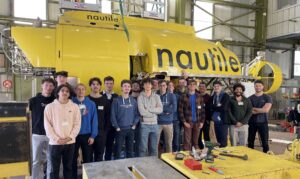
Visit of the underwater robotics players to the French Oceanographic Fleet – Ifremer Méditerranée in Seyne-sur-Mer
In the MIG OPTIM AERO, which explores the optimization of aeronautical materials, Côme explains: “The project that my group chose involved optimizing the geometry of the turbine disk, which is one of the most critical parts of a jet engine. We have to make sure that the disk can withstand extreme mechanical stress, while optimizing its mass, in order to achieve significant fuel savings.“
Quentin, involved in the same project, adds: ”Our visits to Safran have helped to clarify the current challenges in this fast-moving sector: the path to carbon neutrality for engines, in which Safran is investing heavily.”
Pierre Arnaud, teacher-researcher at the Materials Science Center (CMAT) and supervisor of the MIG OPTIM AERO, highlights the tools used: “Several tools have been mobilized to help students better understand the scientific and technical issues. Among them, the finite element method played a key role. It makes it possible to solve complex and coupled physical problems by discretizing space and processing the partial differential equations numerically. Other tools such as optimization methods or kriging have been used. The latter is a method of constructing metamodels that allows approximate but extremely fast solutions to be obtained. Finally, programming languages, in particular Python, have been widely used to develop and implement these methods, thus demonstrating their importance in the resolution of scientific and industrial problems.”
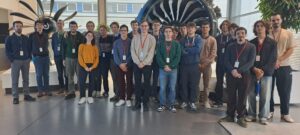
Visit to Safran Aircraft Engines (SAE) in Villaroche and the study of LEAP engines
The MIGs create bridges to research and industry by allowing students to interact with experts and learn about cutting-edge innovations.
Francesco Delloro, teacher-researcher at the Materials Research Center (CMAT), supervisor of the MIG MODE & LUXE, highlights the impact of the project: “The students worked hand in hand with partner companies on issues specific to the sector. All the groups were extremely committed to their project and I think that it was primarily their scientific rigour that surprised the partner companies.”
Regarding the impact of the proposed solutions, Philippe Blanc notes: ‘The project of the MIG SOLAIRE students was presented specifically to the planning department of CASA and it has already identified solutions proposed and studied by the students that would be directly applicable by CASA.’
In the MIG SANTÉ, the application of artificial intelligence to medical diagnosis made a strong impression. Petr Dokladal, teacher-researcher at the Center for Mathematical Morphology (CMM), supervisor of the project, explains: “Through the project that we proposed, together with the Digestive and Oncological Surgery Department of Lyon Sud Hospital, the students had the opportunity to grapple with a real problem, that of developing assistance for the medical diagnosis of colon cancer, for which no solution has yet been proposed. It is not possible to find a solution in the space of 15 days of work. However, partial, encouraging results have been obtained”.
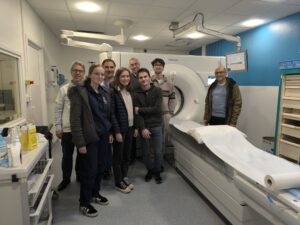
Visit to the Hospices Civils CHU Lyon Sud to define a research project aimed at improving colon cancer
The MIGs are more than an educational module: they are an immersion in the role that future engineers will play in a changing world. They enable them to develop a core set of essential skills and a critical thinking approach to industrial and societal challenges.
Côme, from the MIG OPTIM AERO, emphasizes this: “The many visits we made provided an opportunity to better understand the issues arising from the energy transition, and the aeronautics companies presented the solutions that are currently being studied for the future of the industry. The experience was enriching, because we benefited from the perspective of the leading players in the field. We need to offer innovative technical solutions to limit carbon dioxide emissions, while complying with the very demanding safety standards of air transport.”
The MIGs embody a concrete immersion in contemporary issues, where each student learns to design innovative solutions while integrating the complexity of reality.
As one student summarizes: “We had to deal with real-life constraints and work with experts in the field. It’s not just a school project, it’s an immersion in our future profession!”
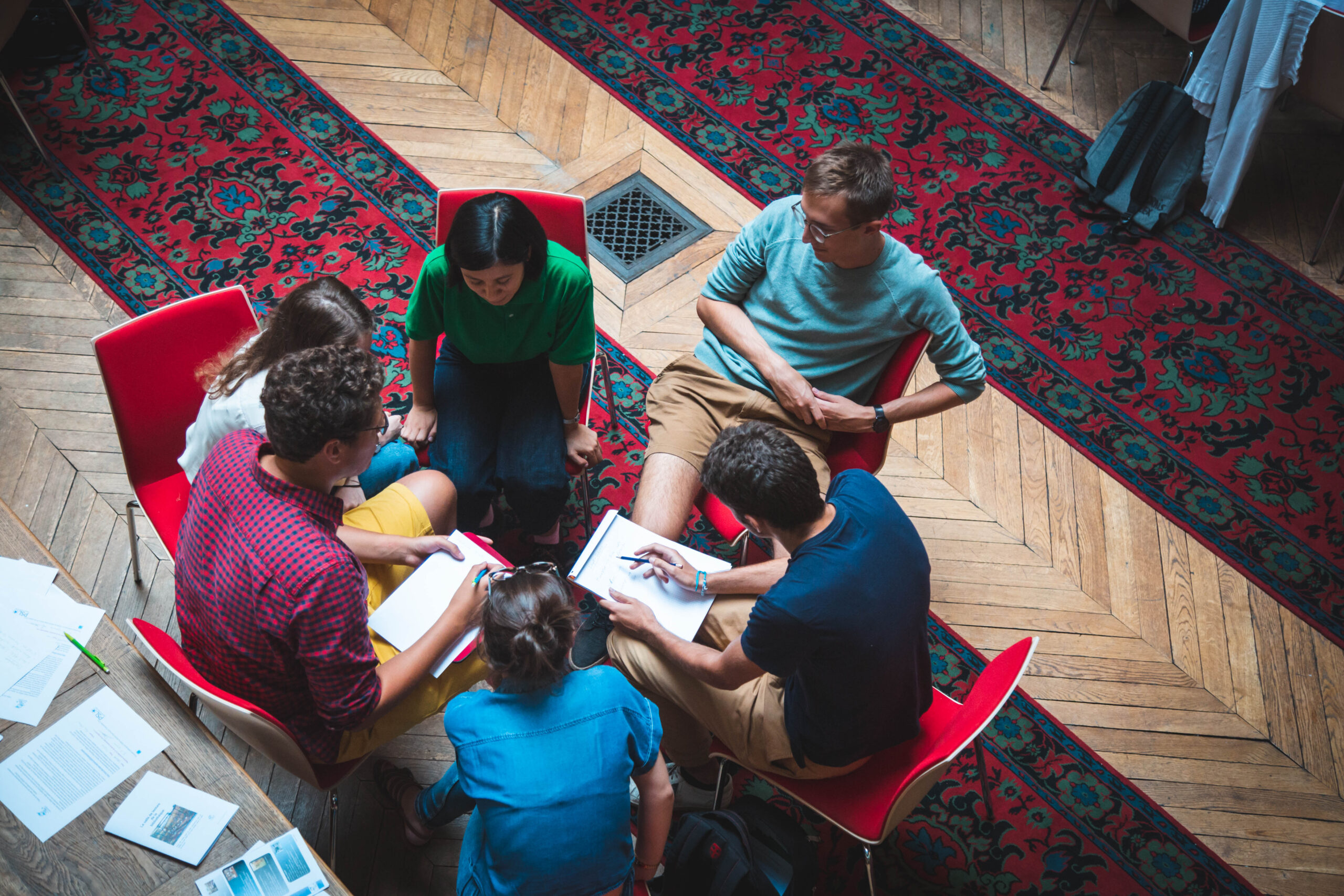
Right from their first year, students on the Civil Engineering Cycle at Mines Paris – PSL explore the technological, economic and societal challenges ...